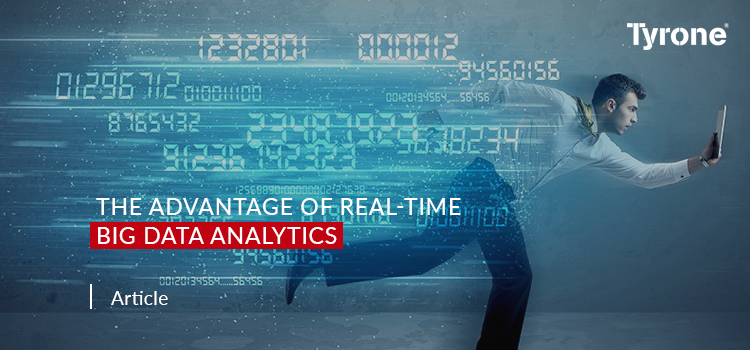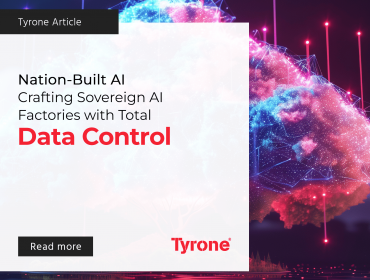People want data as soon as possible on everything related to them now-a-days. This trend is widespread in almost all spheres of life be it business, social media, education, healthcare, etc. Data is the most valuable asset on earth and will remain so for a very long time. In spite of all other resources seem to be on a very sharp decline, Data is one resource that grows exponentially with every second and every individual. In the world of data, accuracy is everything, and when it comes to analytics software, speed is critical. Every day, companies across virtually every industry collect countless data points, and the faster their analytics systems can process and interpret this information, the faster they can generate a high-fidelity view of their operations.
The slower an analytics system processes data, the more data points it has to jettison or ignore in order to form a real-time analysis. Imagine if your 1080p television only had time to process half of your total cable signal, and think about how grainy and inaccurate that image would be. A system that lags behind also requires reconciliation cycles that take place long (in terms of the speed of data) after the events have already transpired, so there’s no guarantee the data being analysed after the fact is still relevant. A faster system is one that processes more data, and closer to the time that data is relevant.
Data analysis is always useful, but real-time data analysis dramatically changes the systems can use data to predict outcomes and suggest alternatives. Instead of putting together conjectures based on a series of past events and recent scans, systems working in real time can deliver insights on what is going on right now.
Real time Big data analysis has robust clients and to meet clients’ requirements there are many companies and ventures that come into play. Some tools of Big Data like Hadoop and Cloud-Based Analytics can bring cost advantages to business when large amounts of data are to be stored and these tools also help in identifying more efficient ways of doing business. The high speed of tools like Hadoop and in-memory analytics can easily identify new sources of data which helps businesses analysing data immediately and make quick decisions based on the learnings.
A data led approach can help you achieve:
- Improve the integrity of your business information sources and outputs
- Reduce compliance risks
- Transform your response to regulatory requirements so that compliance becomes a competitive advantage
- Continuously monitor your systems and provide real-time reporting
- Identify unusual or high-risk activity
- Protect against cyber breaches, fraud and theft
- Quickly respond to breaches and threats
- Inform strategic decisions and increase decision-making speed and sophistication
- Map decisions to shareholder value
- Simulate how trends and strategic alternatives affect the business and operating model
- Quantify the improvements from more robust decision-making, and adopt a “pilot first” mentality to learn quickly from those and then scale
- Predict and anticipate the impact of economic, market and regulatory forces on your business strategy and results
- Improve your day-to-day decision making process
- Gain operational efficiency by using emerging technologies and operational and financial data analytics to make data-driven decisions across the organization
- Transform human capital by building a workforce data analytics capability including strategic workforce planning, predictive human capital data analytics, reward modelling and mobility data analytics
- Create a more efficient tax function and use tax reporting data to drive better business decisions












